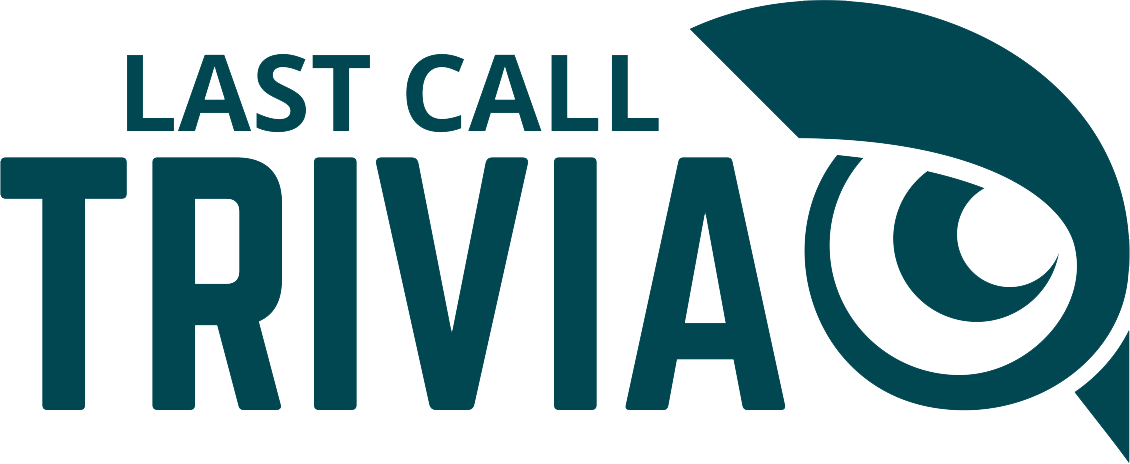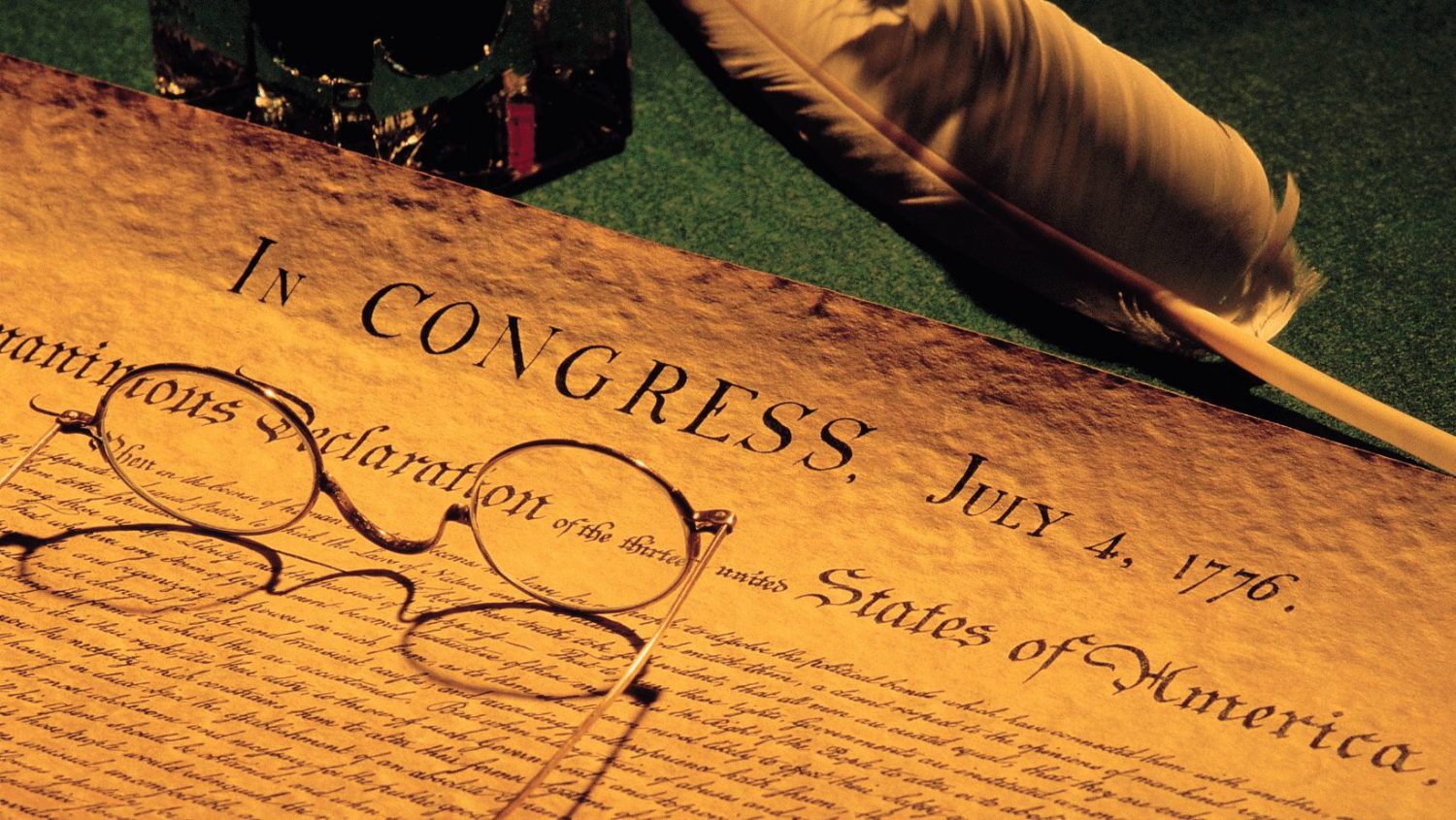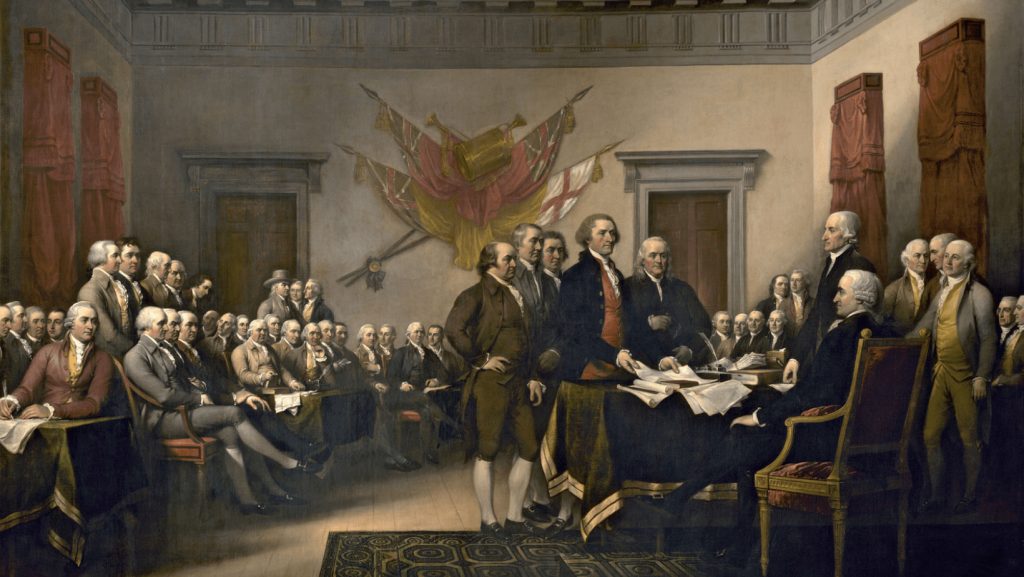
A Complicated Timeline
The Declaration of Independence was approved by the Continental Congress on July 4, 1776, announcing the separation of the 13 colonies from Great Britain. But while July 4th has become adopted as Independence Day in America, it wasn’t the start of the saga. Officially, the Continental Congress declared its freedom from Britain on July 2, 1776, but they still needed to finalize the document explaining the move to the public.
When the Continental Congress officially approved the Declaration of Independence on July 4th, it was sent to a printer named John Dunlap. About 200 copies of the Dunlap Broadside were made, with John Hancock’s name printed at the bottom. Today, it’s believed that 26 copies remain. Most of the members of the Continental Congress didn’t sign the Declaration until August 1776.
One of the most famous images associated with the document is a painting by John Trumbull, titled Declaration of Independence. But contrary to popular belief, the scene isn’t of the events on July 4th. It actually depicts the moment on June 28, 1776, when the first draft of the Declaration of Independence was presented to the Second Continental Congress.
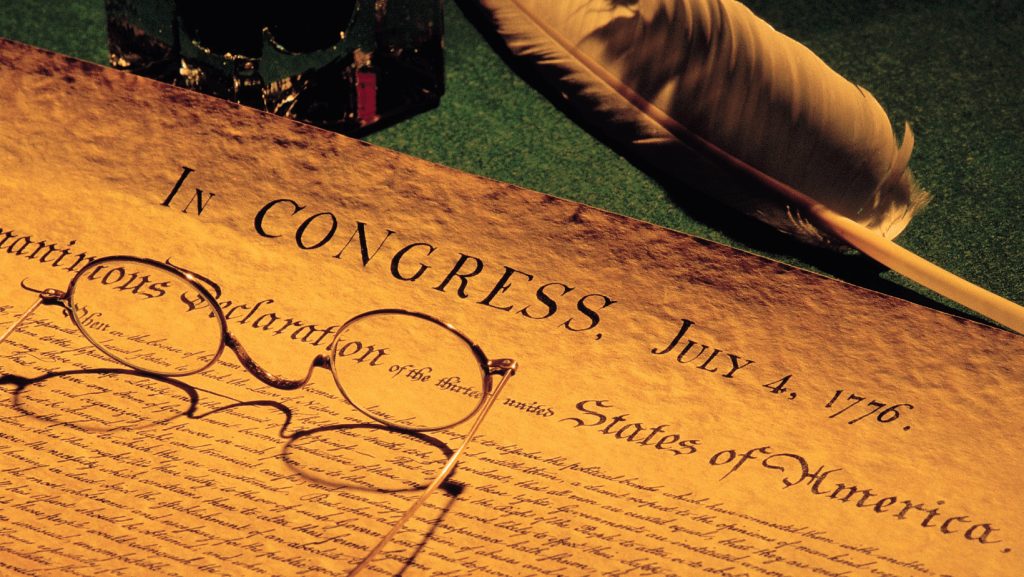
Declaration of Independence Signatures
When all was said and done, a total of 56 people signed the Declaration of Independence. The majority of the delegates – all of them men – who signed the document had been born in one of the 13 colonies. However, eight of the signers were born in the British Isles.
The signers ranged in age from 26 years old (Thomas Lynch Jr., and Edward Rutledge) to 70 years old (Benjamin Franklin). Some of them are famous historical figures, including Thomas Jefferson, John Adams, and the aforementioned Benjamin Franklin. However, others are more obscure. In addition to lawyers and politicians, the signers also included businessmen, farmers, teachers, and a minister.
A number of those that signed the Declaration of Independence didn’t live long enough to see America win independence. Between 1776 and 1783, when the states achieved independence, nine of the signers died. One of the casualties included one of the youngest signers, Thomas Lynch Jr., who drowned in a storm on his way to France.
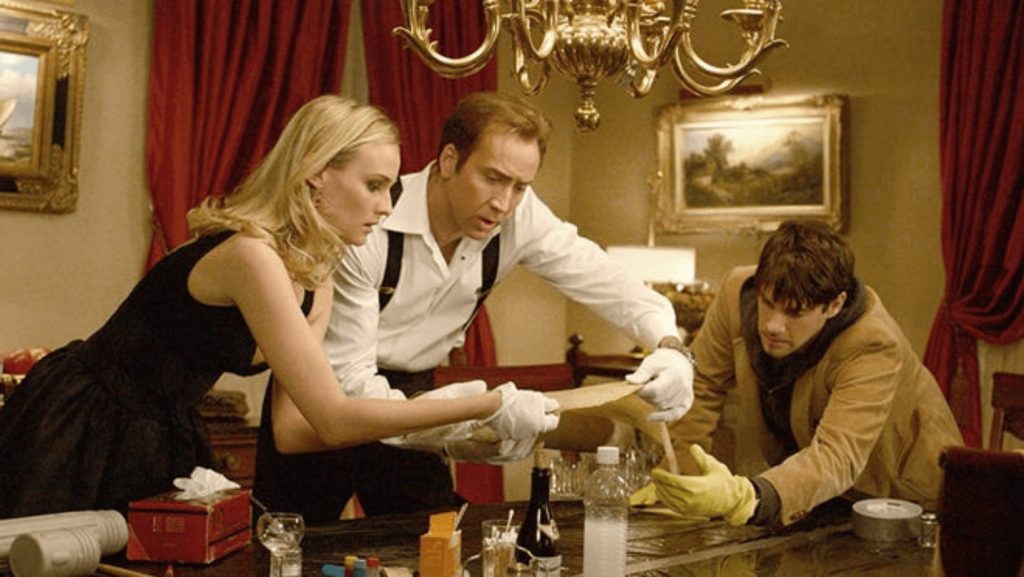
National Treasure
In the 2004 film, National Treasure, Nicholas Cage’s character claims that the back of the Declaration of Independence contains a treasure map with clues from the founding fathers, written in invisible ink. And while this is quite an exaggeration, there is something written on the back of the document. The phrase “Original Declaration of Independence dated 4th July 1776” is written upside-down across the bottom.
While National Treasure took plenty of creative liberties with its storyline, there are some elements of the film that are accurate. For example, one of the clues that Cage’s character decodes involves the image on the back of a $100 bill. Independence Hall is depicted on the bill, and it’s noted that the clock on the building reads a time of 2:22. In fact, bills in circulation at that time did have an illustration that pointed to that exact hour and minute.
And it looks like National Treasure found a winning combination of the Declaration of Independence fact versus fiction. The film took in a total of $347,512,318 at the box office worldwide, against a budget of $100,000,000. So, while it might not have claimed the title of the most influential film of all time, it was definitely a financial success.
Pop Quiz
The Ed Sullivan Show
Jennifer Aniston
She stabs herself
